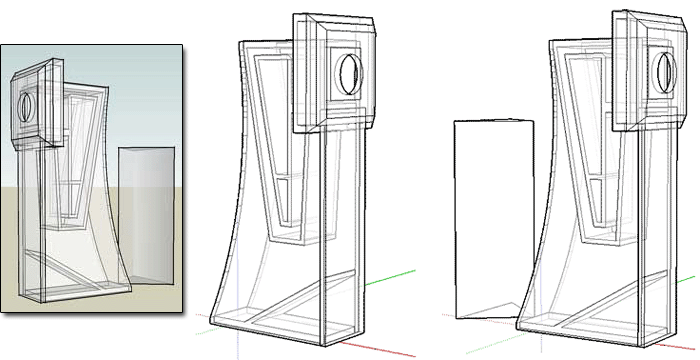Using the speakers/source/amplification/cables ratios, my system breaks down this way:
Amplification: 33.6%
Speakers: 23%
Sources: 35.6%
Cables: 7.5%
With all SRP's adjusted for inflation from the first year it was available.
But, this is not the whole story, as each source component added to the whole dilutes the percentages of the other categories. For instance, I count my CDP, turntable, tuner, tape deck, and cartridge separately, as to my mind, each is a distinct component. Additionally, does one consider something like a preamp to be an amplification component or a source component? The argument could be made either way, in my opinion, but in my own judgement it's a part of amplification.
As also applies to my case, some of my gear is DIY, in particular some of my cables and my speakers. It's pretty hard to put a price on these, as a retail equivalent of one set of my cables has an SRP of $350/set, but I was able to build my own for substantially less using largely identical materials. The same goes for my speakers, which are based on a set of Infinity QLS-3's, but have some not insignificant differences, which (based on opinion) may or may not move them up or down an equivalent notch or two.







